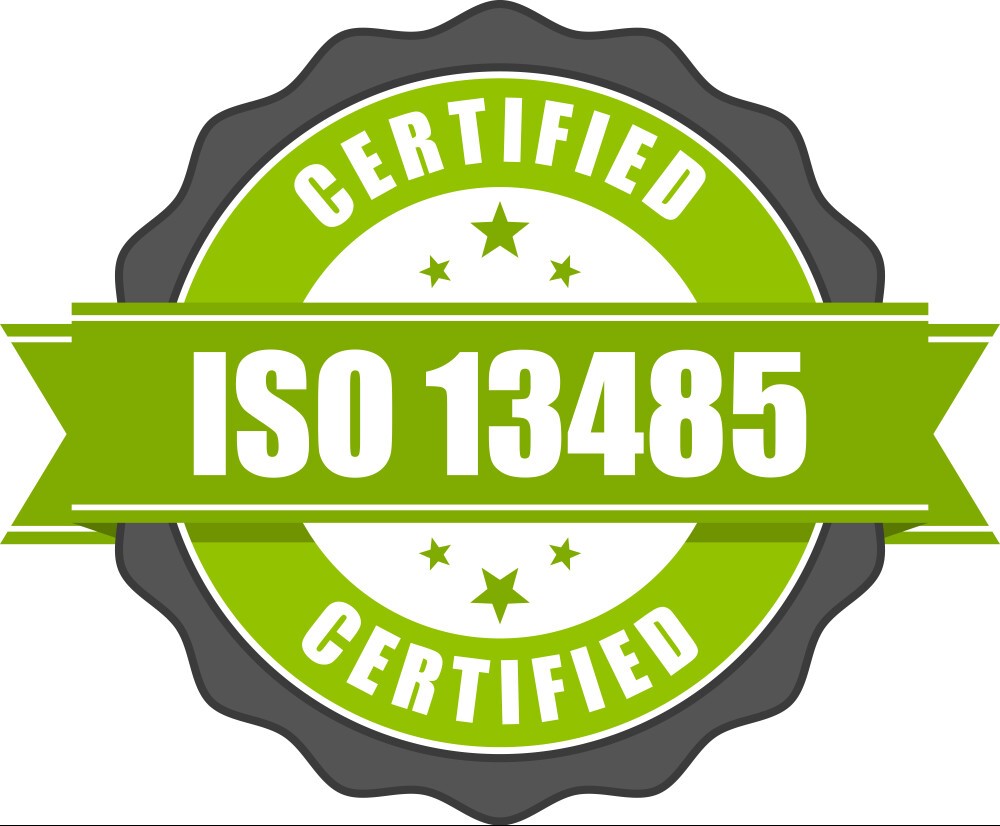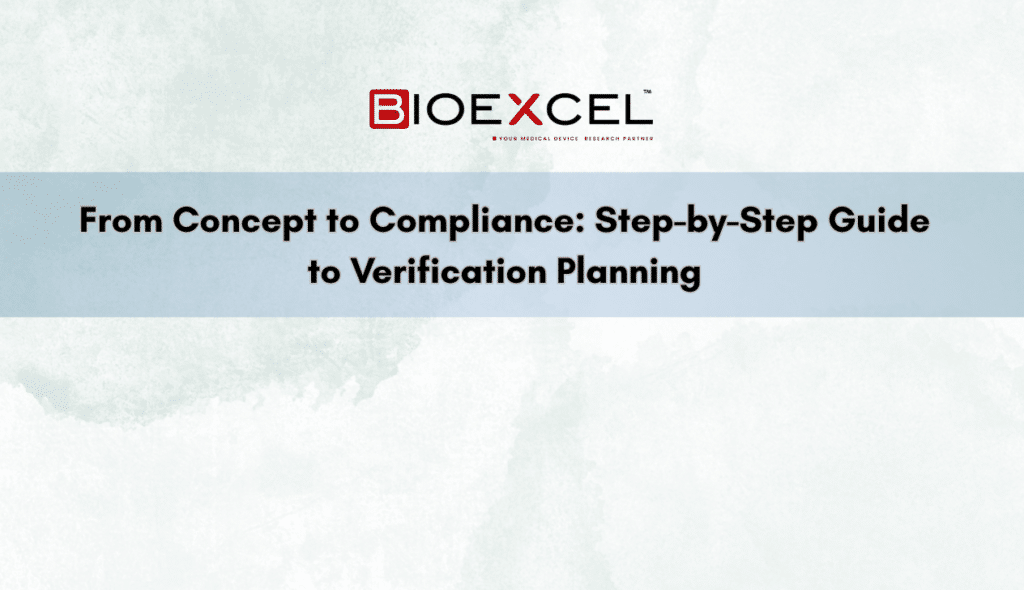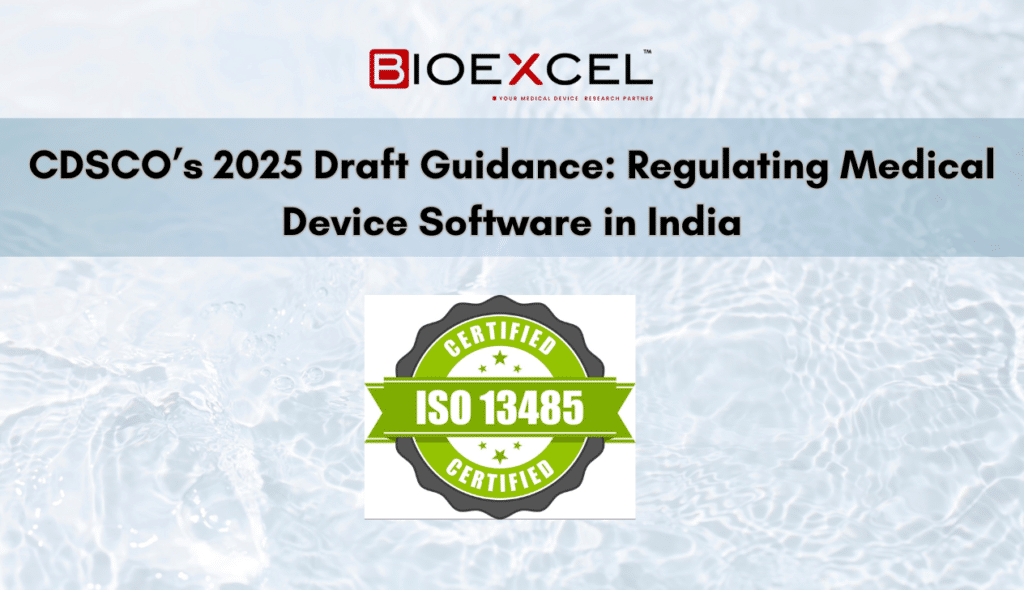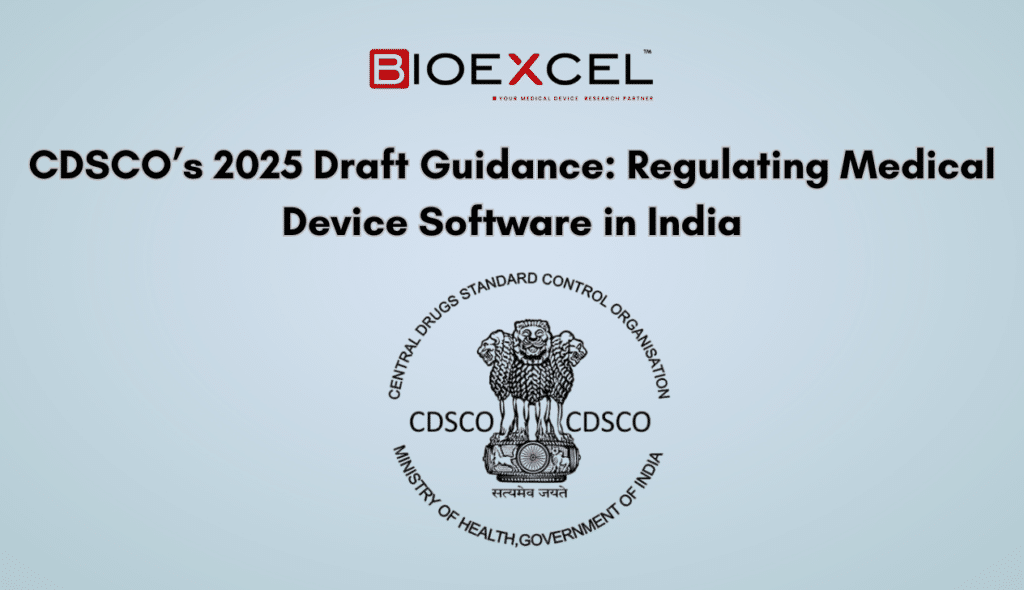Verification planning is the foundation of compliant medical device design. It starts the moment design inputs are defined and continues through every phase—ensuring that what’s built aligns with regulatory requirements, user needs, and patient safety.
A structured verification plan transforms product development from trial-and-error to a traceable, risk-controlled process — essential for CE marking, FDA submissions, and ISO 13485 certification.
Define Design Inputs
Everything begins with clear, measurable requirements. Design inputs must come from user needs, performance expectations, and risk analysis. Ambiguous or subjective inputs lead to verification failures later.
Example: Instead of “device must be easy to use”, specify “user should complete setup within 60 seconds without errors.”
Draft the Verification Plan
Once inputs are set, build a verification plan that lists each input, its corresponding test method, and acceptance criteria.
Include:
- Description of requirement
- Test or inspection method
- Equipment needed
- Acceptance limit or range
- Reference standard
This plan becomes your roadmap for testing and documentation.
Select Test Methods & Equipment

Verification must follow recognised international standards. Select methods validated by ISO or ASTM that fit your device type:
- ISO 11070 for intravascular catheters
- ISO 594 / ISO 80369 for connectors
- ISO 10993 for biocompatibility
- ASTM F1980 for shelf-life simulation
Each method should include calibration details and test environment conditions.
Establish the Design Traceability Matrix (DTM)
The Design Trace Matrix links every requirement to its verification data. It ensures nothing is overlooked and allows auditors to trace from design input → test → result → approval.
Maintaining an up-to-date DTM also prevents duplication and simplifies change control when design revisions occur.
Execute and Record
During testing, follow Good Documentation Practices (GDP):
- Record raw data immediately and legibly.
- Note test deviations, environmental conditions, and operator details.
- Capture photos, calibration certificates, and test equipment IDs.
Well-documented verification protects your organisation during audits and investigations.
Analyze and Conclude
Summarise pass/fail outcomes, perform statistical analysis where required, and document compliance with relevant standards.
For borderline results, include justification and risk assessment to support acceptability.
The goal: to show that all design inputs were met and verified with scientific evidence.
Approval & Archival
Verification is complete only after QA and RA approval. Sign-offs confirm that results meet quality standards and regulatory expectations.
Archive all verification reports, raw data, and trace matrices in the Design History File (DHF) for future audits or technical file reviews.
Why Verification Planning Matters
- Regulatory Compliance: Required under ISO 13485 §7.3.6 and FDA 21 CFR 820.30.
- Risk Control: Links directly to ISO 14971 risk mitigations.
- Audit Readiness: Provides clear, defensible documentation.
- Product Confidence: Ensures performance before validation or clinical trials.
Final Takeaway
Verification planning is not just paperwork — it’s the backbone of safe, compliant, and successful medical device development.
A well-designed verification process saves time, reduces redesign costs, and strengthens your regulatory submission.
Need a Head Start?

Download Bioexcel’s Step-by-Step Verification Plan Template — built to align with ISO 13485, FDA 21 CFR 820, and EU MDR.
Fast-track your documentation, ensure traceability, and move confidently from concept to compliance.












